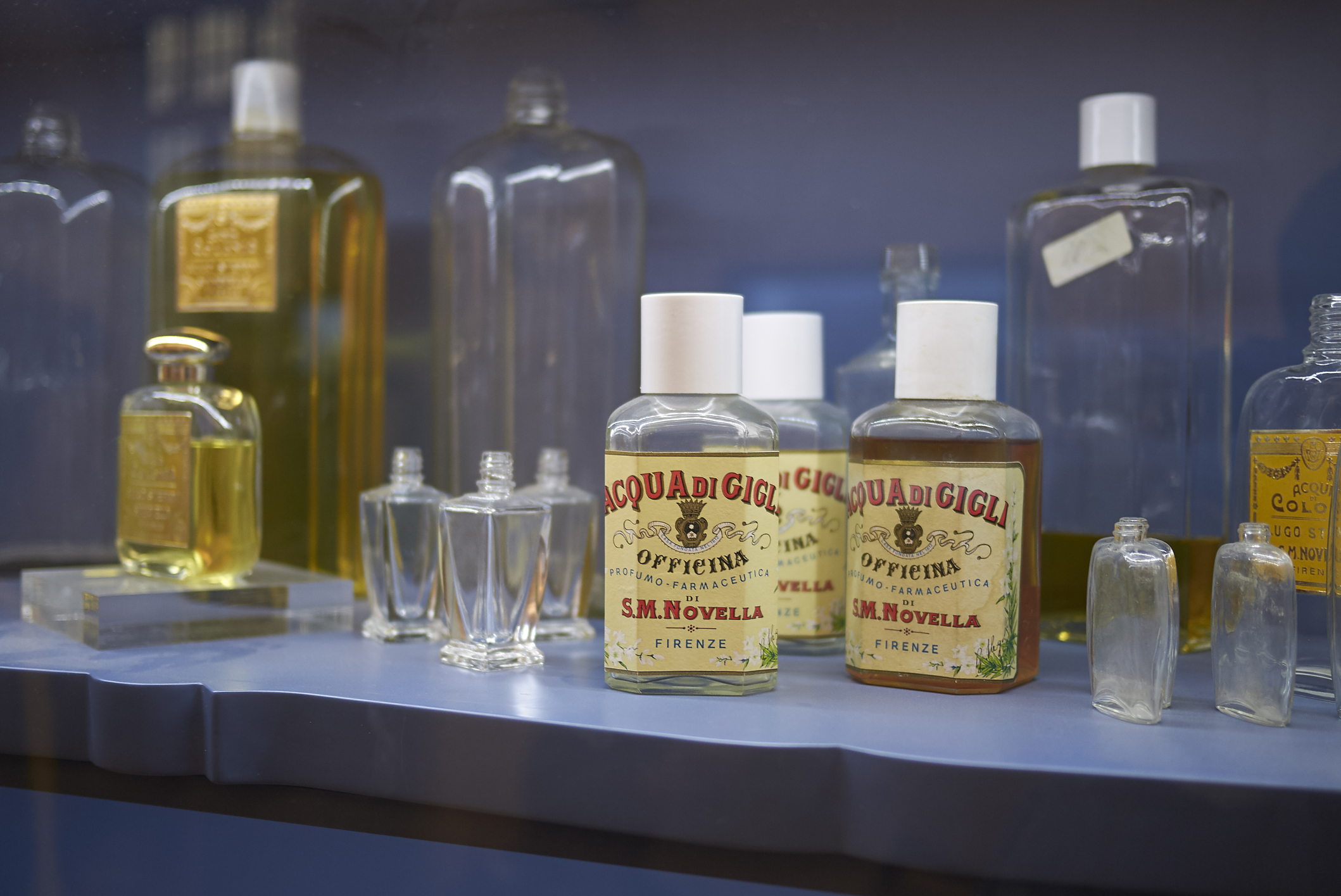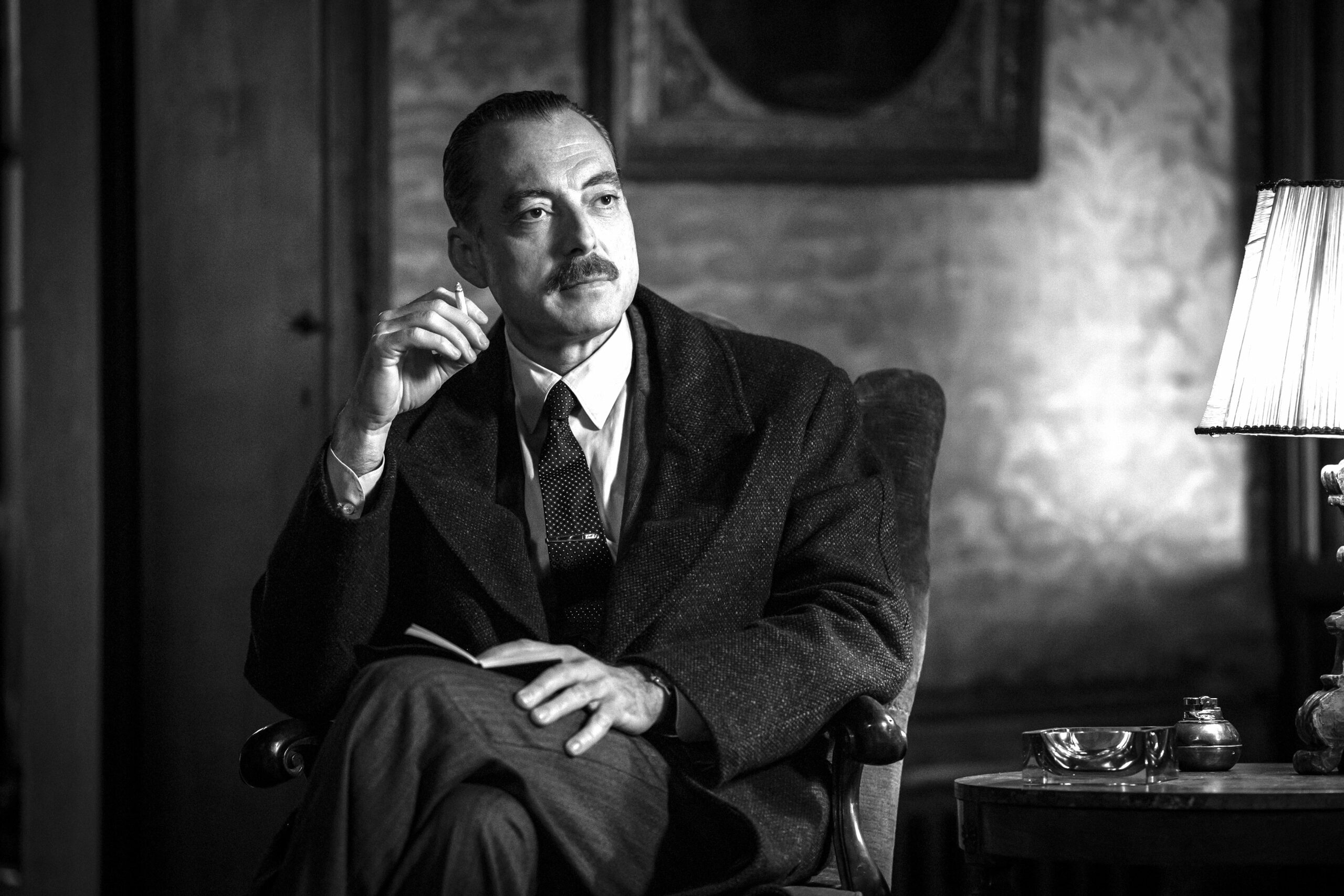Italy is incredibly rich in art treasures, but quite a number of them is regrettably damaged or neglected due to the passing of time or other factors. Among them was also Giorgio Vasari’s monumental painting Last Supper, separated into 5 pieces as a result of the flood in Florence in 1966.
After almost 50 years, thanks to the collaboration between the Florentine Opificio delle Pietre Dure e Laboratori di Restauro and the Getty Foundation, this stunning work of art has been reassembled in a single piece. In a few more years, after complete restoration of the painted surface, the public will be able to admire it again.
Vasari was an Italian 16th century painter and architect, also known as the father of artists’ biographies as a literary genre. His large-scale storied painting, commissioned in 1564 by the Murate Convent in Florence, was originally made of five wooden panels parted after the artwork had been immersed in water for half a day during the flood.
The painting was also treated with paper, in order to dry the paint off and prevent it from detaching from the soaked wooden structure. The extreme complexity of this type of conservation, as well as the advanced technologies and expertise required to perform it, have delayed the intervention until today.
Within the framework of the initiative Panel Paintings, the Getty Foundation has provided a major grant to the OPD in Florence to carry on the restoration and conservation of such a high-value artwork. Seven conservators have also been specifically trained to work on it together with Italian experts Ciro Castelli and Mauro Parri.
Indeed, one of the main goals of the Getty’s Panel Paintings Initiative – designed by the Getty Trust and Getty Foundation to preserve and promote visual arts in Los Angeles and throughout the world – is actually the training of the next generation of qualified and prepared conservators. As the Director of the Getty Foundation Deborah Marrow underlined “The complexity of the work on the Last Supper has afforded a group of conservators at various levels of experience, an unparalleled learning opportunity under expert supervision. It’s a remarkable achievement.”
Water saturation caused the wood to soften and expand, consequently lifting and cracking the painted surface, and the wooden cross structure on the back of the painting that kept the panels together also failed.
Thanks to the restorers’ deep knowledge of painting conservation techniques and woodworking experience, the five panels have been rejoined through a flexible support based on the system that Vasari himself devised to stabilize his work. The original paint was also recovered, but the complete conservation of the surface is expected to take at least two more years. Nevertheless, the OPDsuperintendent Marco Ciatti reminded that “Considering the initial condition of the panels, the result of the treatment is truly miraculous.”
The Opificio delle Pietre Dure e Laboratori di Restauro in Florence was established in 1588 as a workshop for the creation of stonework. Today, it is among the major international centers in the conservation field as part of the Italian Ministry for Cultural Heritage and Activities. It boasts an advanced laboratory dedicated to panel paintings located in the renowned Fortezza da Basso, where Vasari’s masterpiece has been stored since 2004 to be studied and analyzed.
The restoration project focusing on the wooden structure began in May 2010, coordinated by Cecilia Frosinini, deputy director of the Painting Conservation Department at the OPD, and senior painting conservator Roberto Bellucci. The final result will be showcased in a joint exhibition with the OPD and the Museo dell’Opera di Santa Croce approximately in the year 2016.































